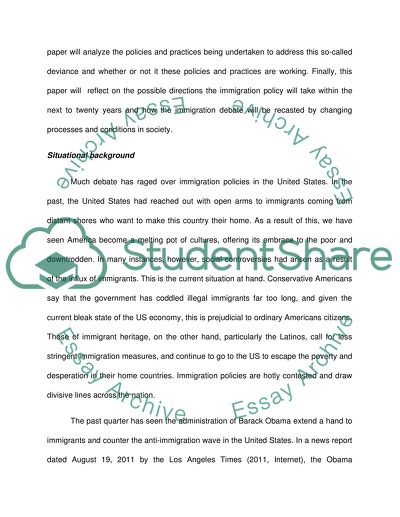Cite this document
(“Reexamining illegal Immigration under the labelling theory Research Paper”, n.d.)
Retrieved de https://studentshare.org/law/1392183-criminal-justice-research-paper
Retrieved de https://studentshare.org/law/1392183-criminal-justice-research-paper
(Reexamining Illegal Immigration under the Labelling Theory Research Paper)
https://studentshare.org/law/1392183-criminal-justice-research-paper.
https://studentshare.org/law/1392183-criminal-justice-research-paper.
“Reexamining Illegal Immigration under the Labelling Theory Research Paper”, n.d. https://studentshare.org/law/1392183-criminal-justice-research-paper.


